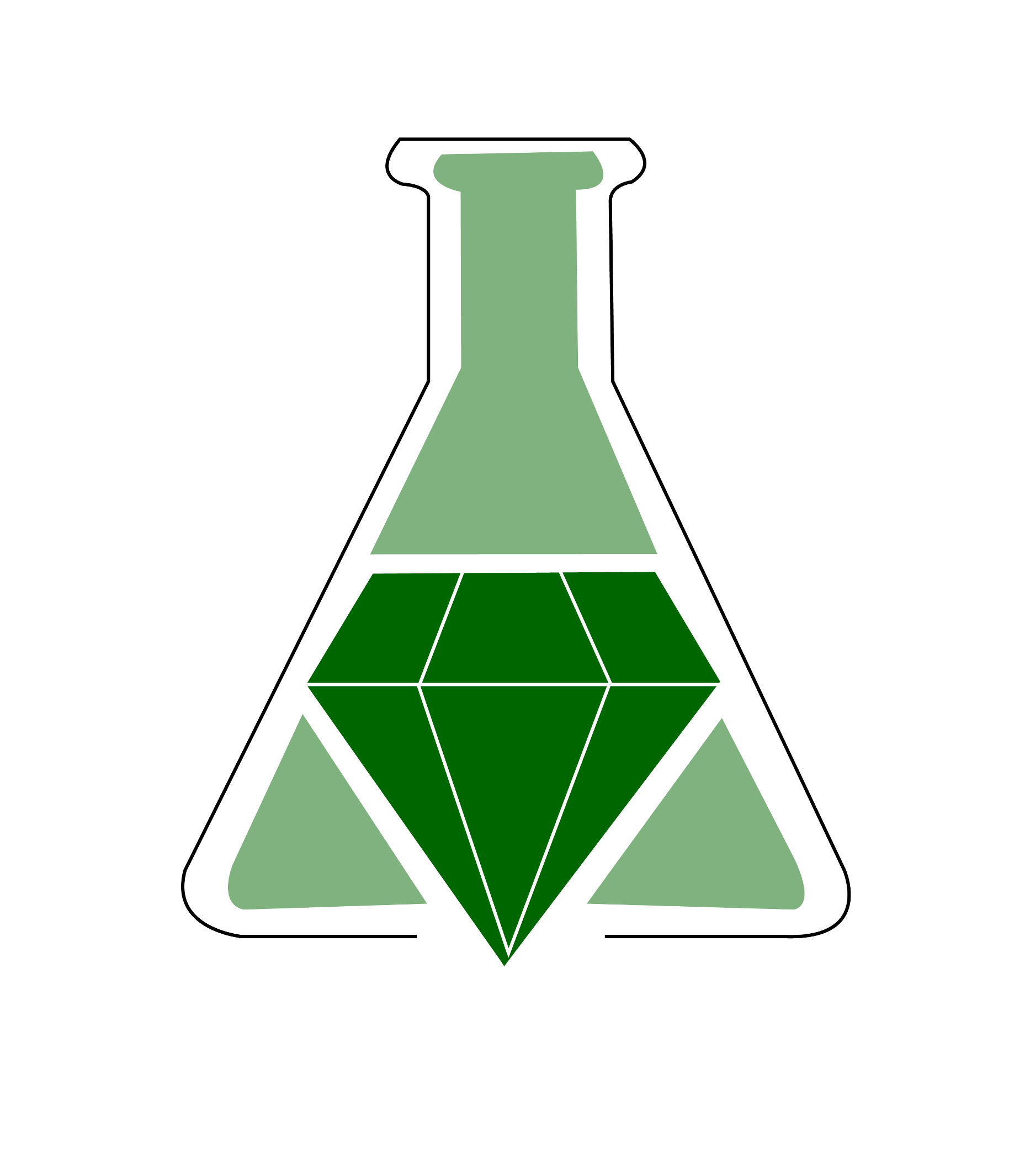A Solvent-Free Baeyer–Villiger Lactonization for the Undergraduate Organic Laboratory: Synthesis of γ-t-Butyl-ε-caprolactone

Summary
The transformation of ketones into esters using peroxy acids was first reported in 1899. Since then, the Baeyer-Villiger oxidation has found itself an integral part of the organic chemist's toolkit. This modified Baeyer-Villiger is a great example of how a classic reaction can be made significantly greener. By eliminating the solvent you can avoid the hazards associated with dichloromethane (the classic solvent for the Baeyer-Villiger) and also save money on both the purchase and the disposal of chemicals. Furthermore, this experiment uses 4-tert-butylcyclohexanone as the substrate, an inexpensive starting material with low toxicity.
By performing this simple, high-yielding experiment students will not only be exposed to the principles of green chemistry but also will have to opportunity to learn about oxidation chemistry, carbonyl chemistry, liquid-liquid extractions, rotary evaporation, crystallizations, and melting point determinations.
The scope of this lab can be expanded to include additional product characterization by NMR or IR spectroscopy. Discussions about chirality could also be incorporated since the reaction transforms the achiral starting material into a product with a chiral center. Another possible activity could be a debate about reagent choice (e.g., peroxides versus m-chloroperoxybenzoic acid) taking into consideration cost, yield, atom economy, and side products.
Included in the supplemental material are the experimental procedure, post-lab questions, health and safety information, instructor tips and notes, and a list of necessary equipment.
Summary prepared for the original GEMs database December 2008 by Douglas M. Young at the University of Oregon.
A Solvent-Free Baeyer–Villiger Lactonization for the Undergraduate Organic Laboratory: Synthesis of γ-t-Butyl-ε-caprolactone
John J. Esteb, J. Nathan Hohman, Diana E. Schlamadinger, and Anne M. Wilson
Journal of Chemical Education 2005 82 (12), 1837
DOI: 10.1021/ed082p1837
By performing this simple, high-yielding experiment students will not only be exposed to the principles of green chemistry but also will have to opportunity to learn about oxidation chemistry, carbonyl chemistry, liquid-liquid extractions, rotary evaporation, crystallizations, and melting point determinations.
The scope of this lab can be expanded to include additional product characterization by NMR or IR spectroscopy. Discussions about chirality could also be incorporated since the reaction transforms the achiral starting material into a product with a chiral center. Another possible activity could be a debate about reagent choice (e.g., peroxides versus m-chloroperoxybenzoic acid) taking into consideration cost, yield, atom economy, and side products.
Included in the supplemental material are the experimental procedure, post-lab questions, health and safety information, instructor tips and notes, and a list of necessary equipment.
Summary prepared for the original GEMs database December 2008 by Douglas M. Young at the University of Oregon.
A Solvent-Free Baeyer–Villiger Lactonization for the Undergraduate Organic Laboratory: Synthesis of γ-t-Butyl-ε-caprolactone
John J. Esteb, J. Nathan Hohman, Diana E. Schlamadinger, and Anne M. Wilson
Journal of Chemical Education 2005 82 (12), 1837
DOI: 10.1021/ed082p1837
Safety Precautions, Hazards, and Risk Assessment
See published journal article.
Link to external
